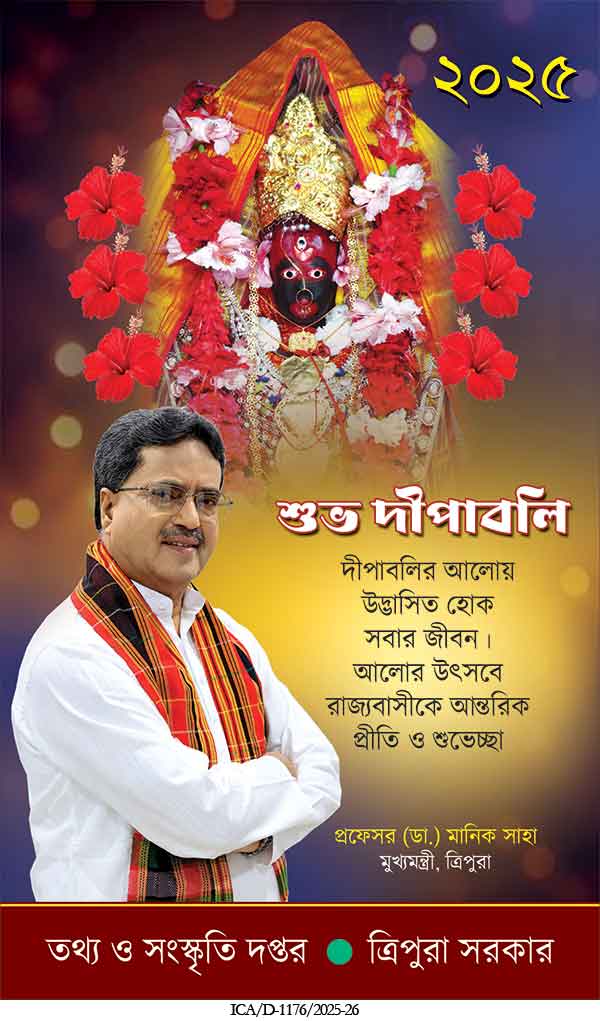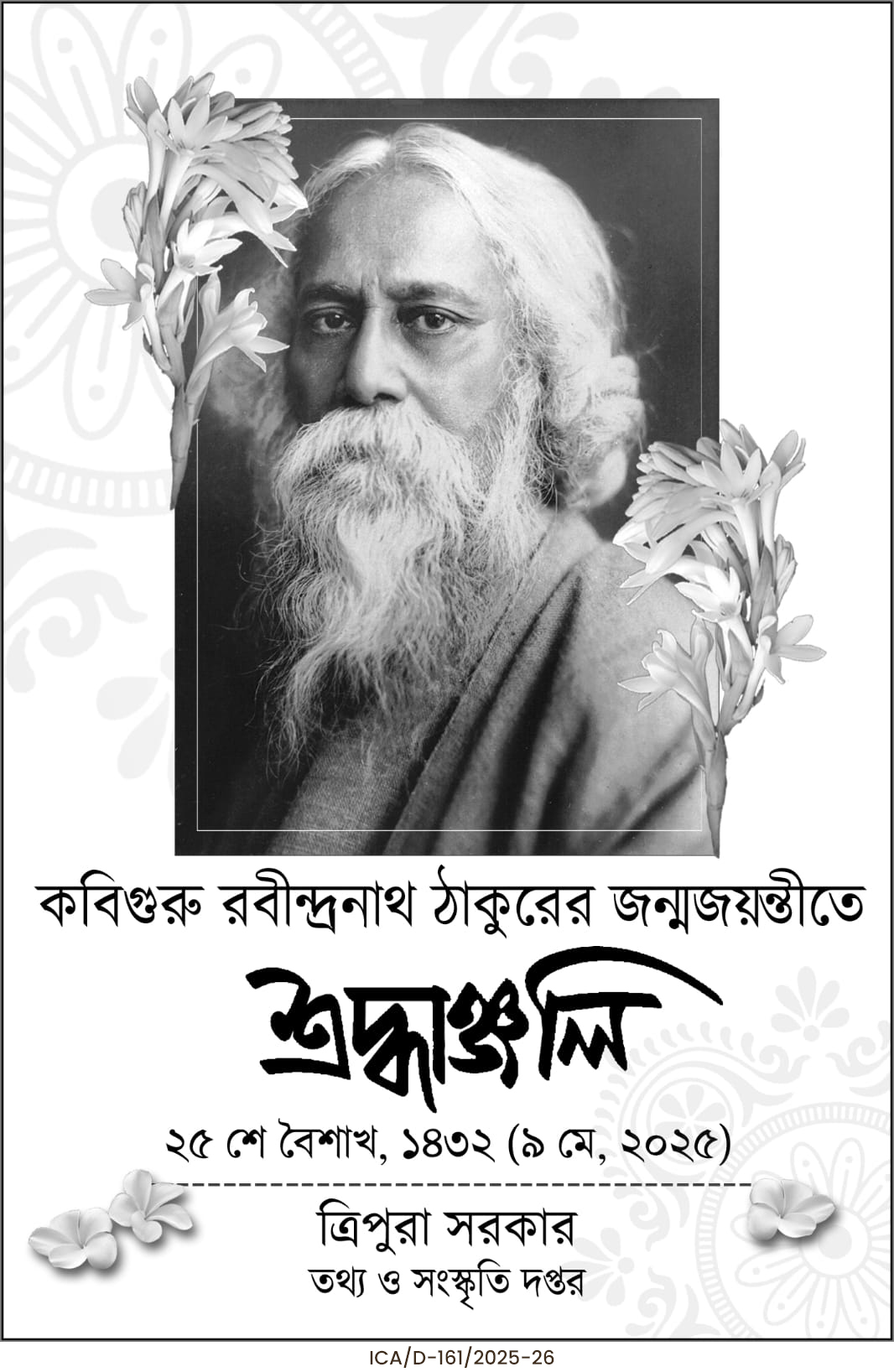Pahalgam : Manhunt Intensifies as Security Forces Identify Suspects in Terror Attack

In a significant breakthrough following the gruesome terror attack in Kashmir’s Baisaran meadow near Pahalgam, security forces on Wednesday released photographs and sketches of three terrorists suspected to be involved in the killing of 26 civilians, mostly tourists, in a meticulously planned ambush that has shaken the Valley.
The attackers, identified as Asif Fuji, Suleman Shah, and Abu Talha, are believed to be operatives of The Resistance Front (TRF) — a shadow outfit of the banned Pakistan-based terror group Lashkar-e-Taiba (LeT). The attack, which took place just six kilometers from the popular tourist destination of Pahalgam, was carried out in broad daylight on Tuesday.

Coordinated Attack from Forest Cover
According to officials, five to six heavily armed terrorists dressed in camouflage jackets and traditional kurta-pyjamas emerged from the dense pine forests surrounding the Baisaran meadow and opened fire on a group of unarmed tourists using AK-47 rifles. Eyewitness accounts and early forensic assessments suggest that the group had superior training and was equipped with military-grade weapons and sophisticated communication devices.
|Also Read : 28 Killed in Pahalgam Terror Attack: India Mourns, Security Tightened |
 Eyewitnesses confirmed that at least two of the attackers spoke in Pashto, pointing to their Pakistani origin, while two others were identified as locals from South Kashmir, namely Adil from Bijbhera and Asif from Tral. This confirms long-standing intelligence assessments that foreign terrorists continue to operate with logistical support from local recruits.
Eyewitnesses confirmed that at least two of the attackers spoke in Pashto, pointing to their Pakistani origin, while two others were identified as locals from South Kashmir, namely Adil from Bijbhera and Asif from Tral. This confirms long-standing intelligence assessments that foreign terrorists continue to operate with logistical support from local recruits.
|Also Read : Amit Shah Visits Pahalgam Terror Site, Meets Victims and Survivors |
Cross-Border Link and Planning
Intelligence agencies have identified Saifullah Kasuri, also known by the alias Khalid, a senior LeT commander operating out of Pakistan, as the mastermind of the massacre. Digital tracking of the attackers’ movements and communications revealed digital footprints leading to safe houses in Muzaffarabad and Karachi, reinforcing the belief that the attack was planned with active cross-border support.
Sources further revealed that the attackers had done an extensive reconnaissance of the Pahalgam area over the past several weeks. This was likely aided by local collaborators, who helped them understand tourist movement patterns, police patrol schedules, and possible escape routes.
The attackers came well-prepared, carrying stockpiles of dry fruits, medicines, and even helmet-mounted cameras and body cams to record the carnage, possibly for propaganda purposes. Forensic investigators are analyzing footage recovered from a device found near the scene, which could provide vital leads on the attack’s execution and the route of escape.
Massive Manhunt Launched
A large-scale search and destroy operation has been launched in and around Pahalgam. Security forces have deployed helicopters, drone surveillance, and sniffer dogs to track the movement of the attackers, who are believed to have slipped into the dense forest after the assault.
The search has expanded into multiple forested zones across the Anantnag and Pulwama districts. Elite anti-terror units are now combing through possible hideouts, and a multi-agency joint command center has been established in Anantnag to coordinate operations.
Terror Tactic Aimed at Undermining Kashmir’s Stability
Security experts and former intelligence officers suggest that the precision and brutality of the Pahalgam attack represents a new phase in the terror strategy aimed at disrupting Kashmir’s emerging stability and economic revival through tourism. “This was not a spontaneous act by desperate local militants. The planning, coordination, and equipment used point to seasoned, well-supported foreign cadres with local enablers,” one official said.
The attack is also seen as a direct attempt to scare away tourists and derail the upcoming Amarnath Yatra, one of the largest annual religious pilgrimages in India. Intelligence agencies are now reviewing Yatra route security plans to prevent any future incidents.
Nationwide Outrage and Political Response
The horrific nature of the attack has sparked nationwide outrage. Leaders across the political spectrum, including Prime Minister Narendra Modi and opposition leader Mallikarjun Kharge, have condemned the violence. The Union Home Minister Amit Shah, who visited the attack site and met survivors, has vowed a “relentless pursuit” of the terrorists.
Meanwhile, the Congress party has demanded an all-party meeting to discuss the worsening security scenario and urged the central government to enhance safety measures for both civilians and pilgrims.
Conclusion
As the Valley grapples with grief, the focus now shifts to justice and security. With evidence mounting of Pakistani involvement and the use of advanced technology and planning, India’s security apparatus is under pressure to swiftly dismantle the terror network responsible for the massacre, while ensuring peace and stability return to the region.





